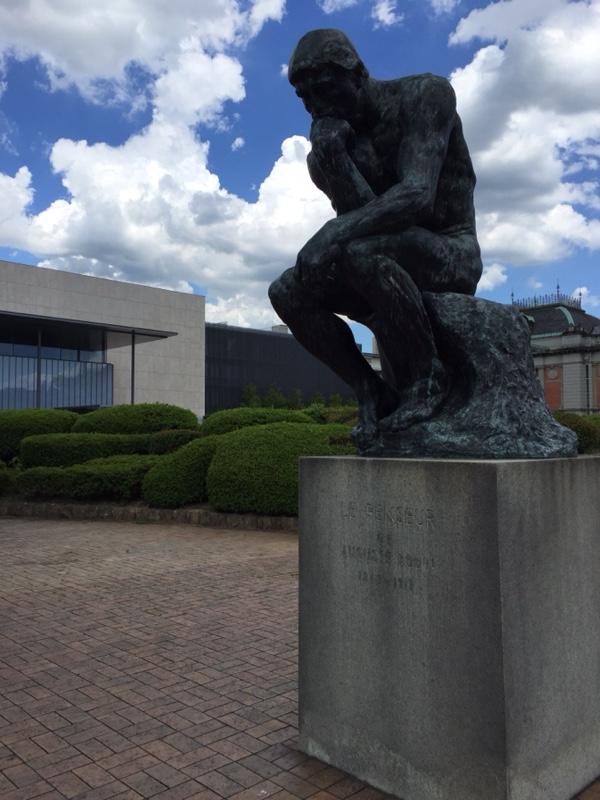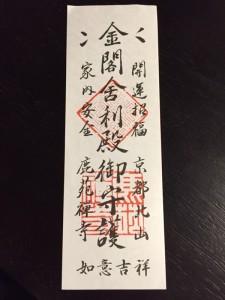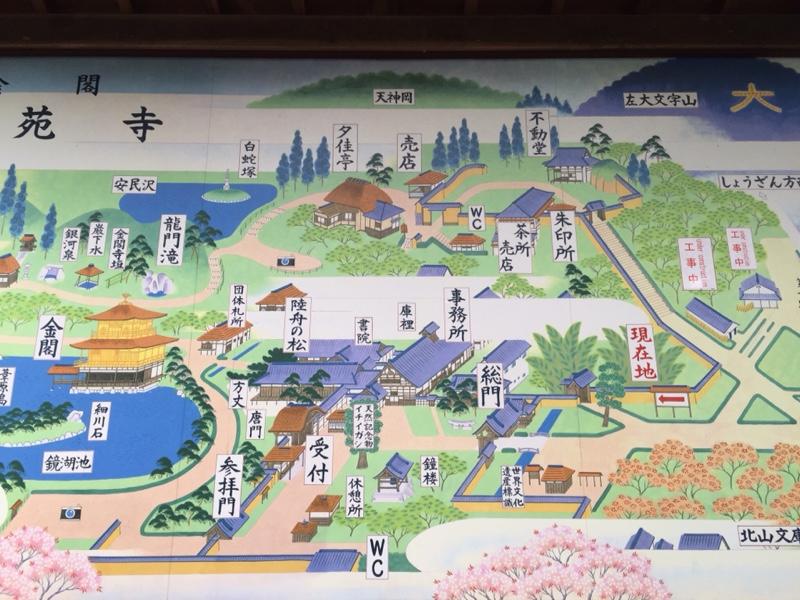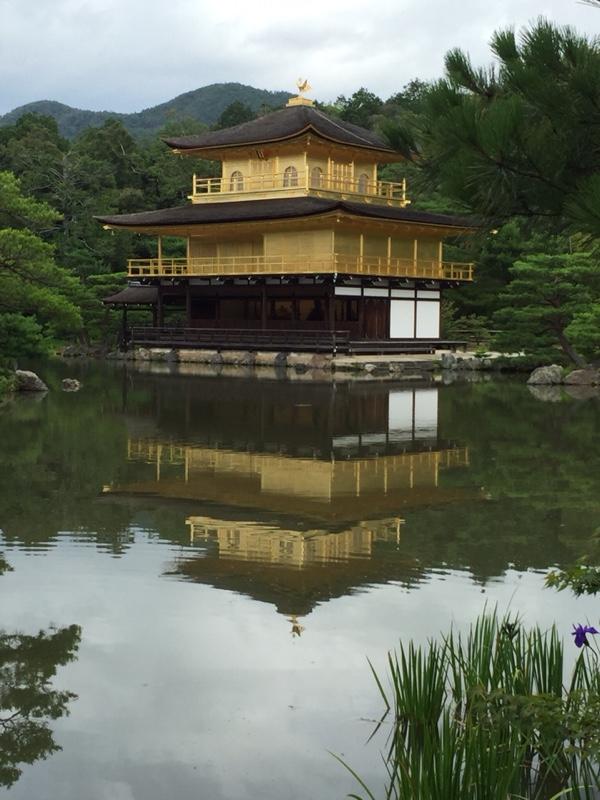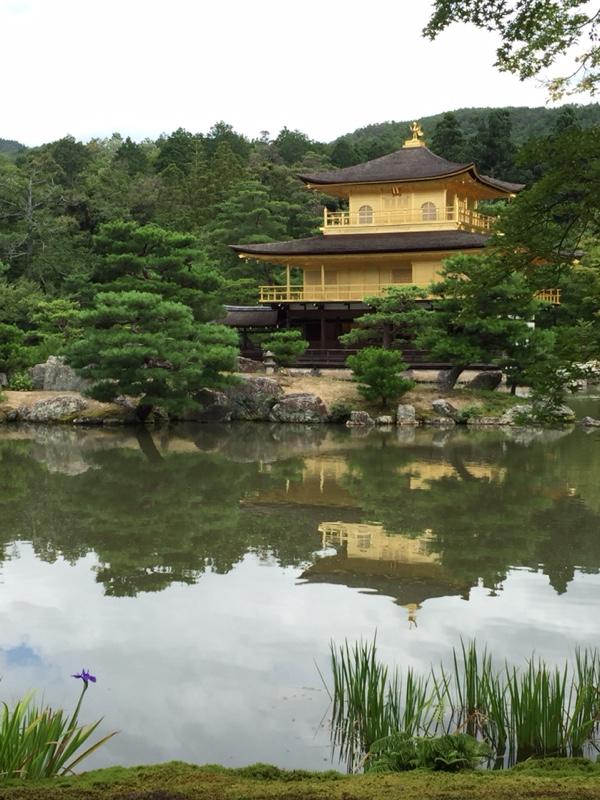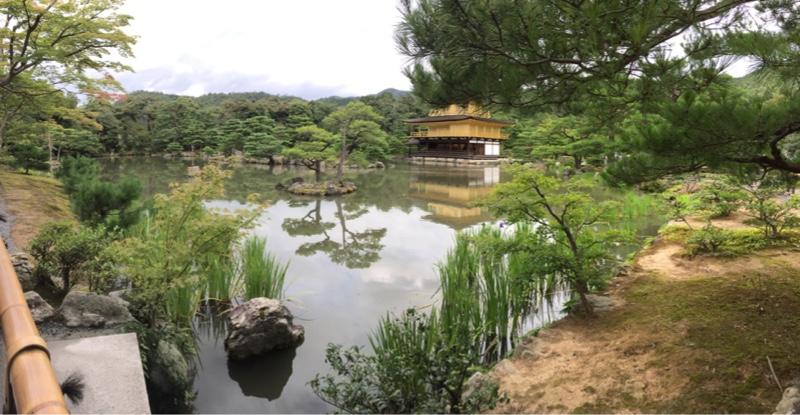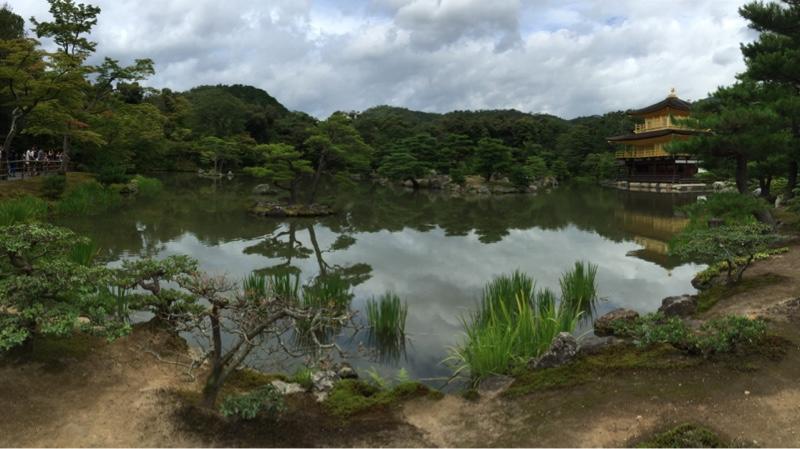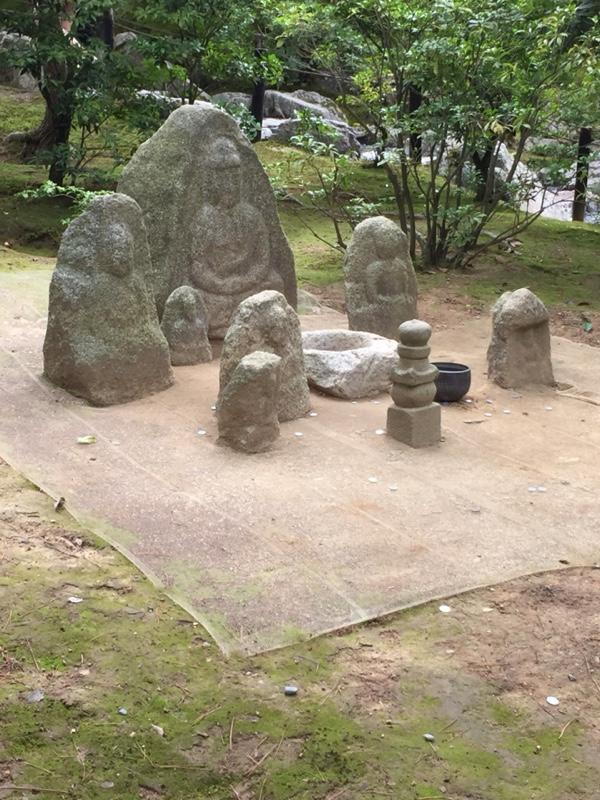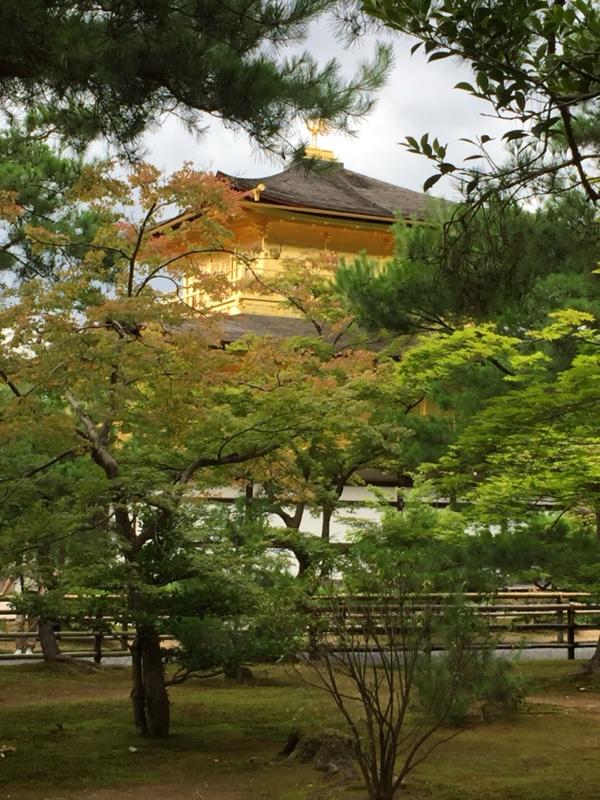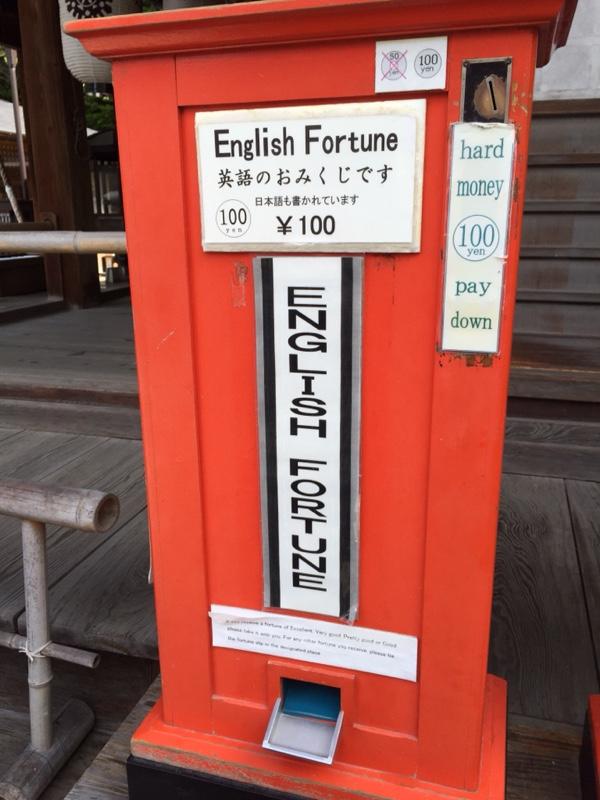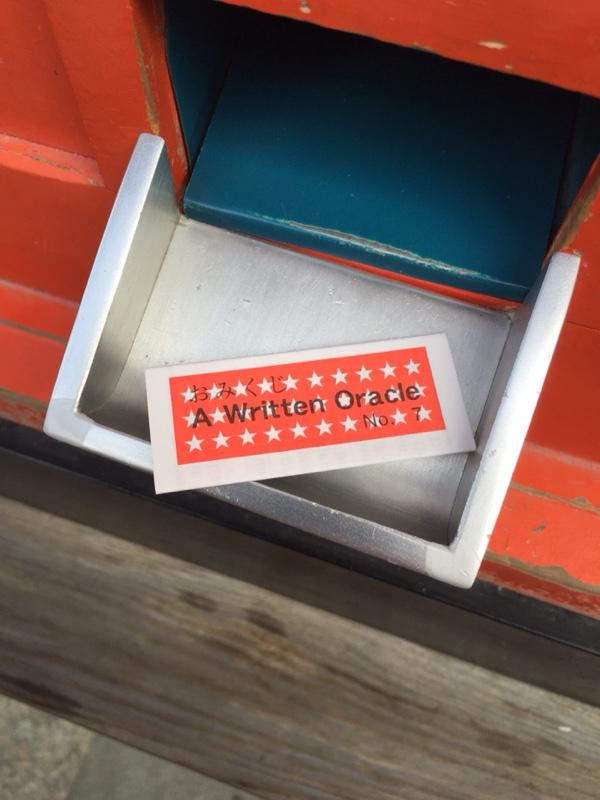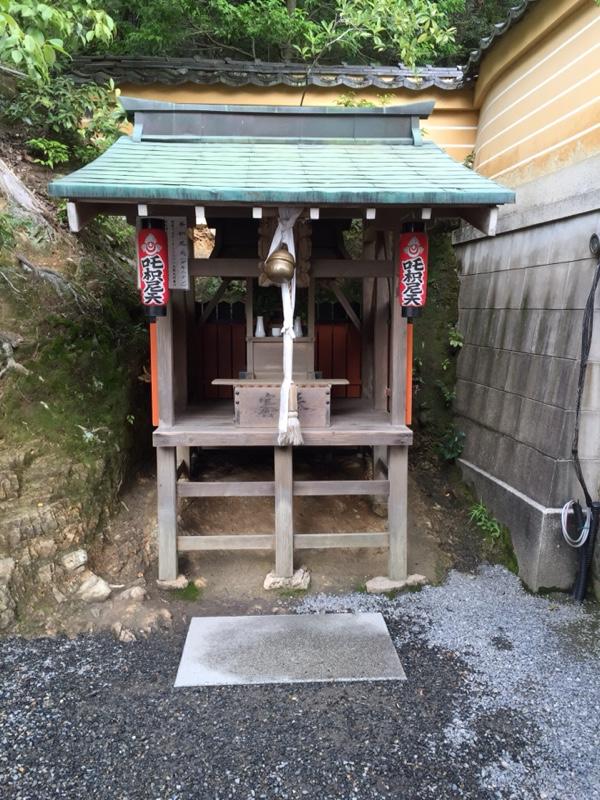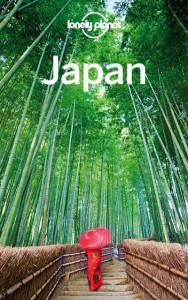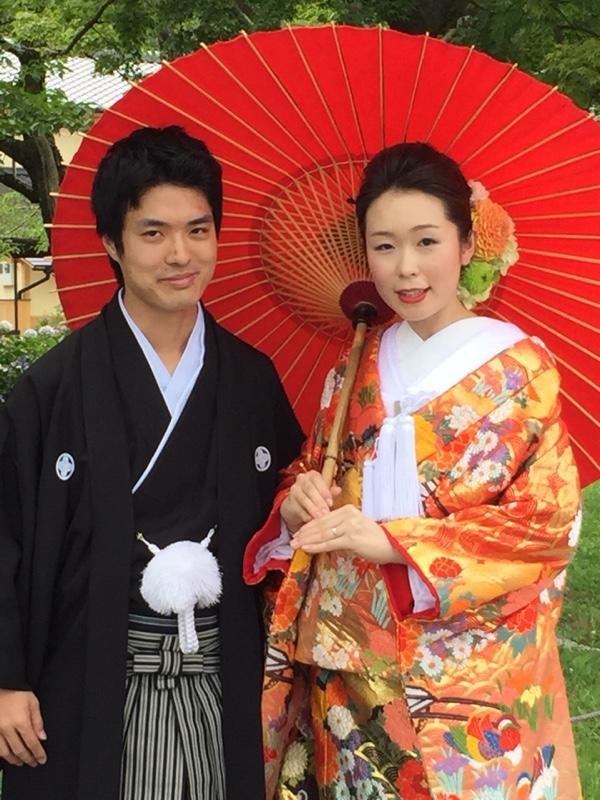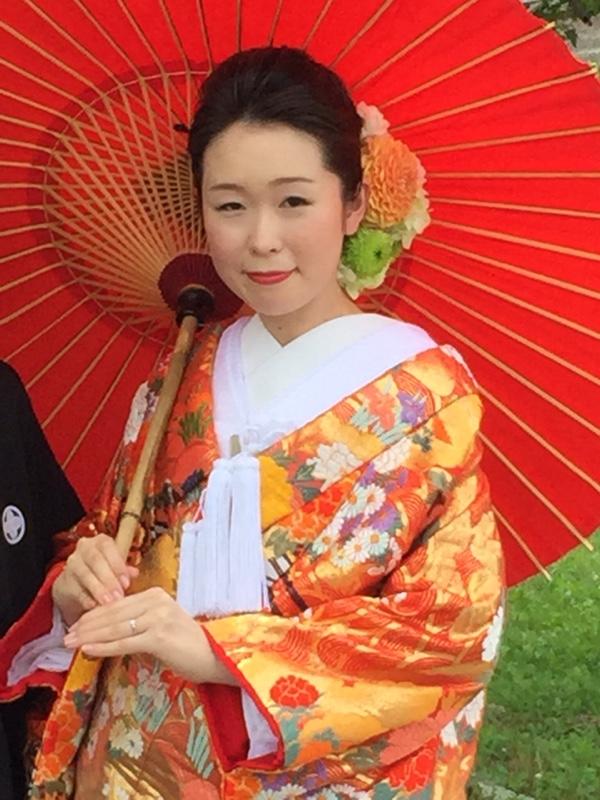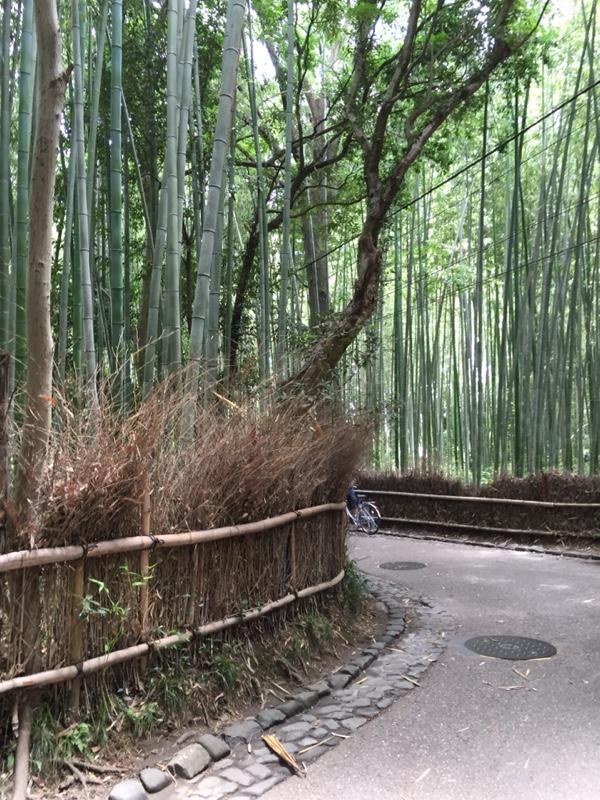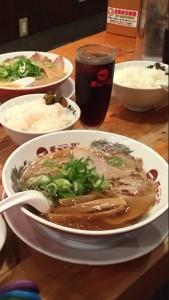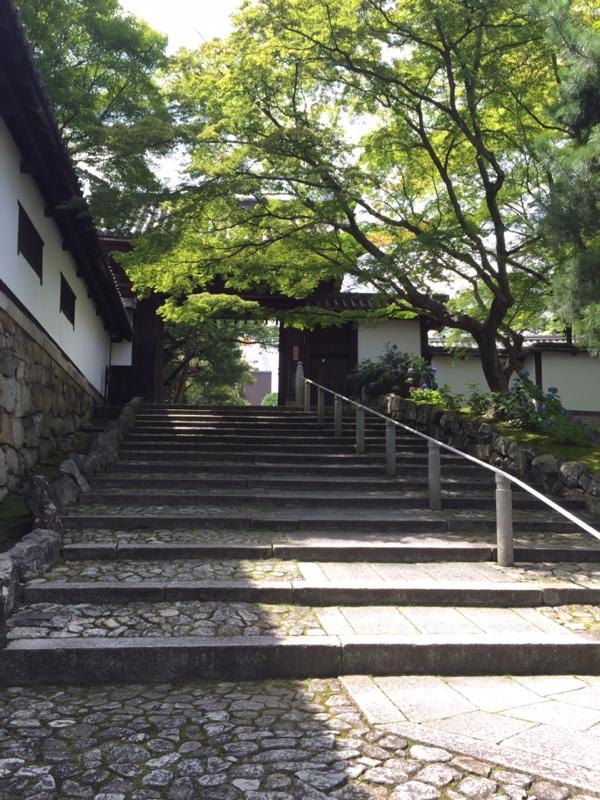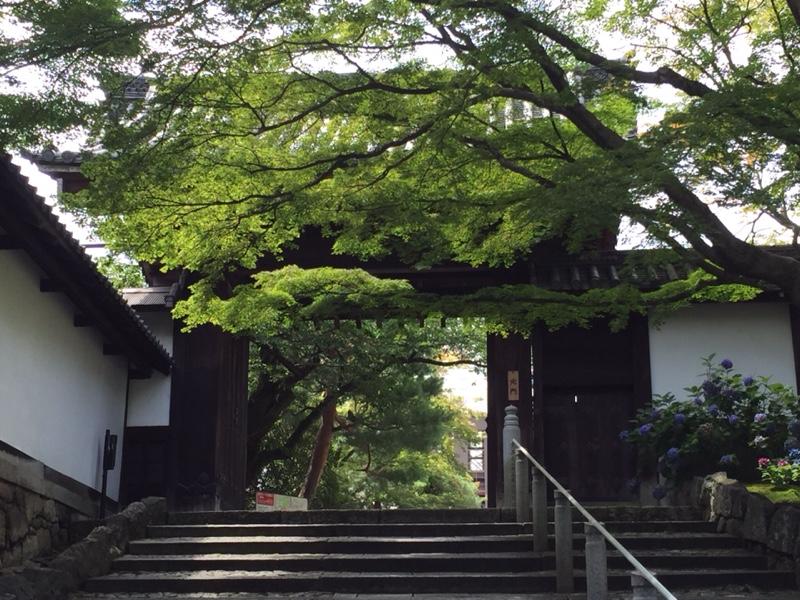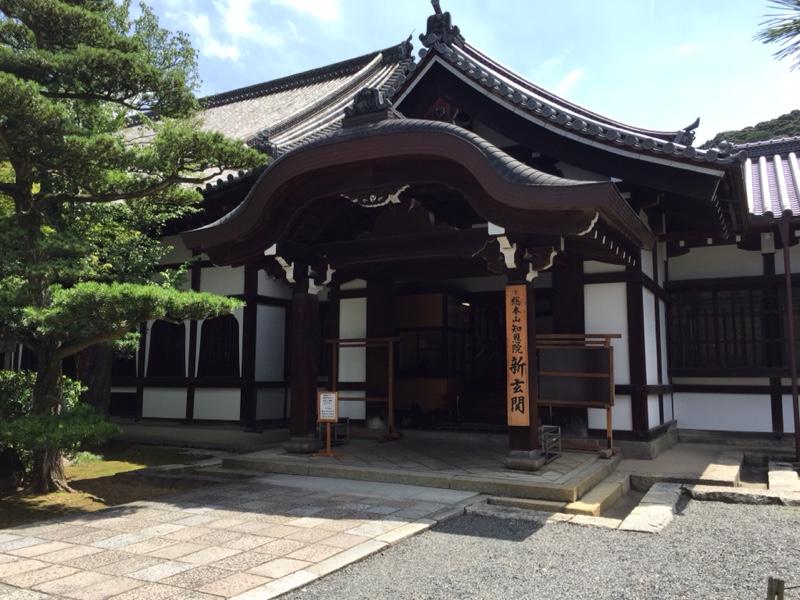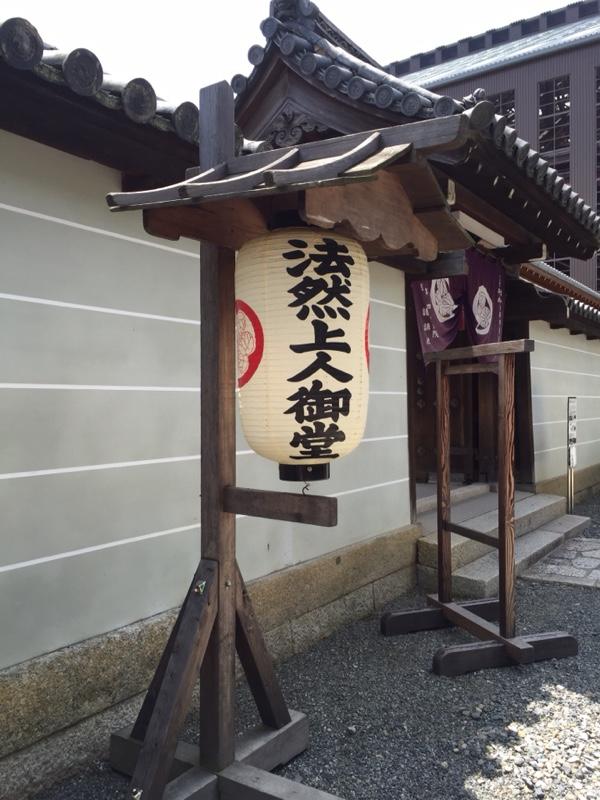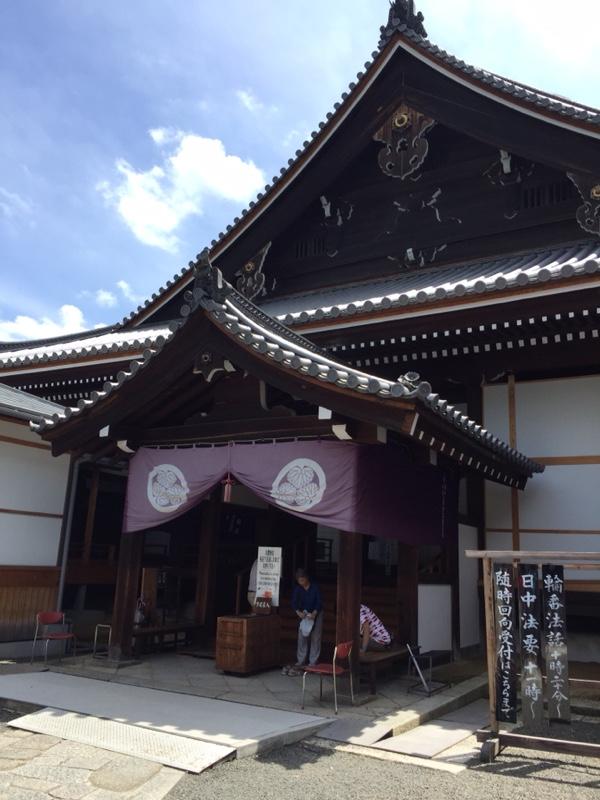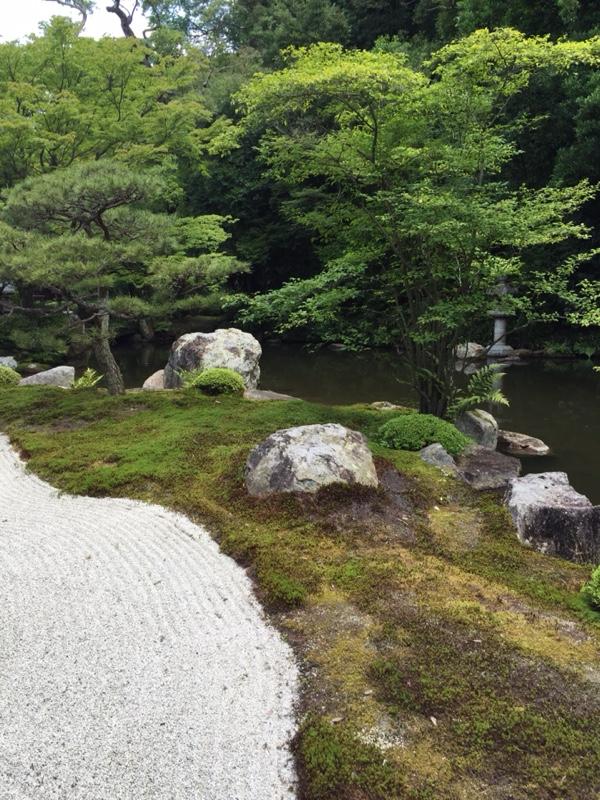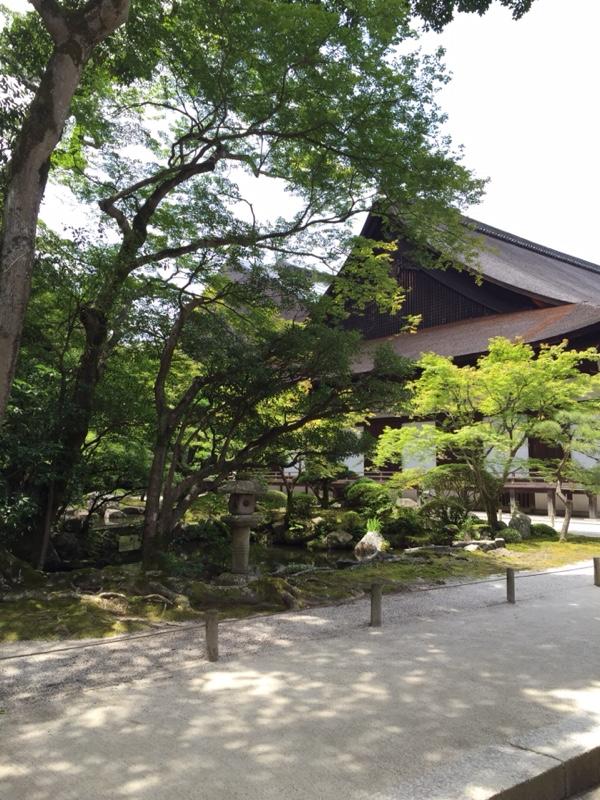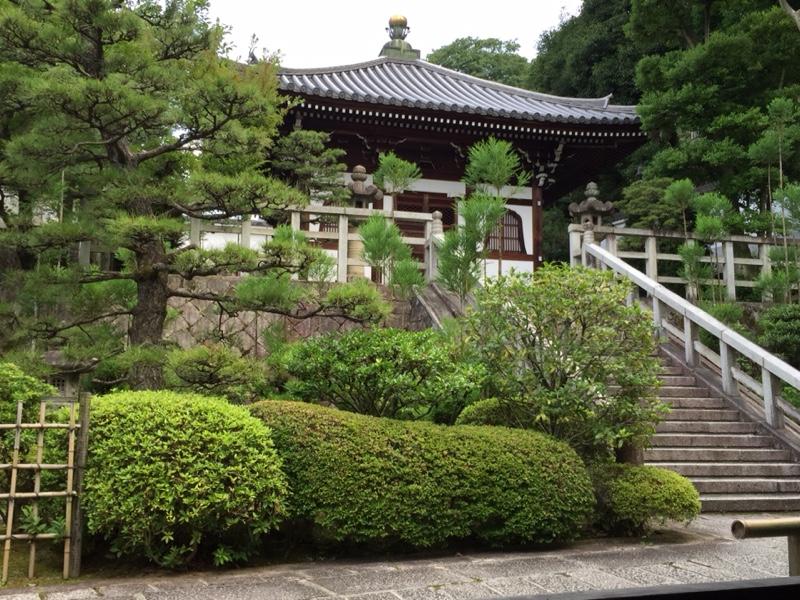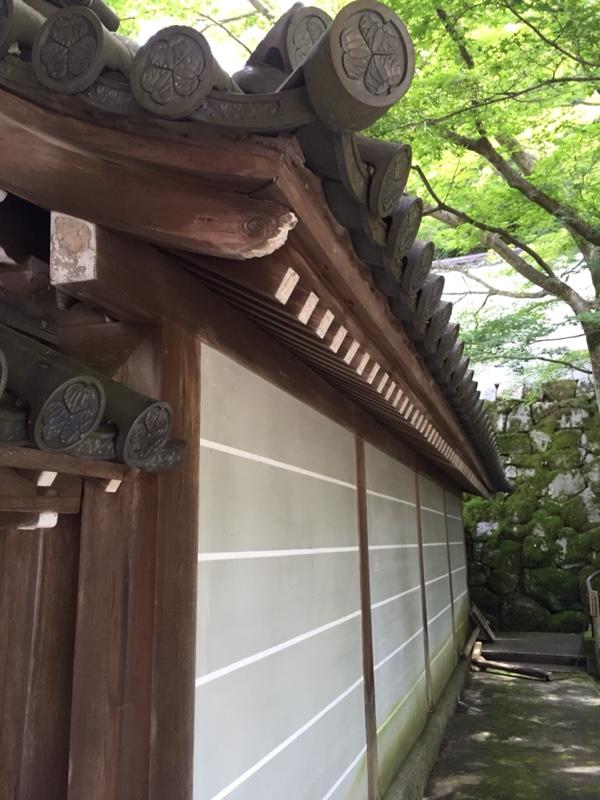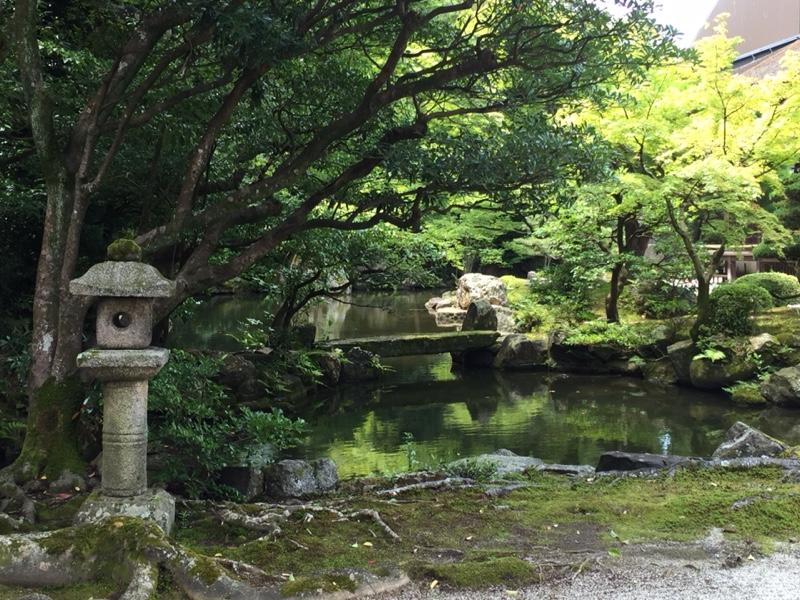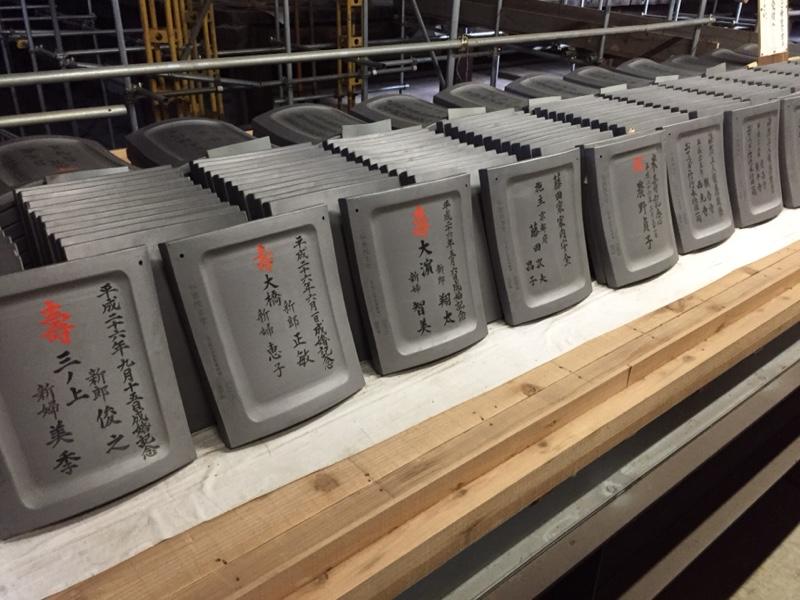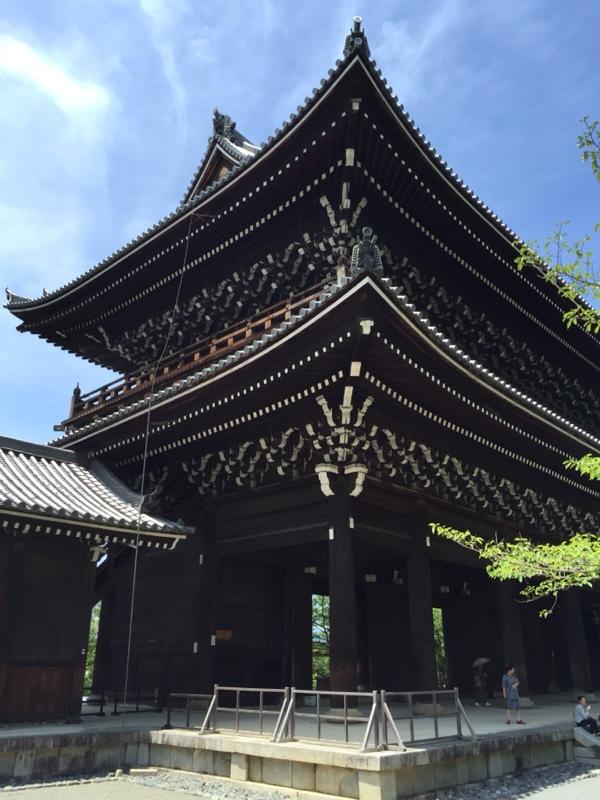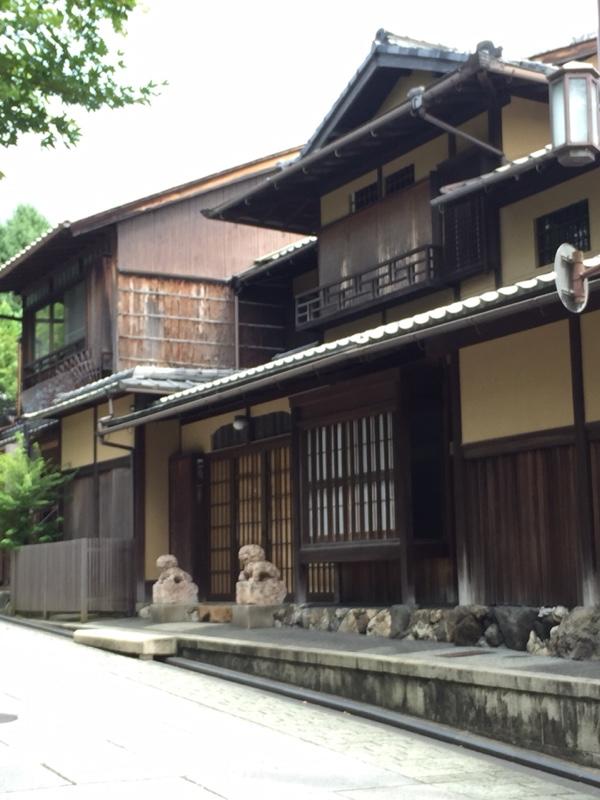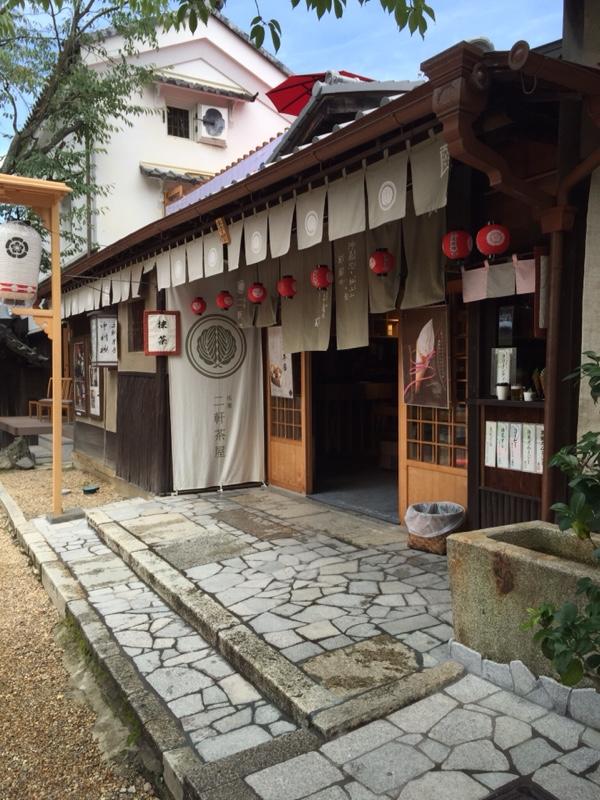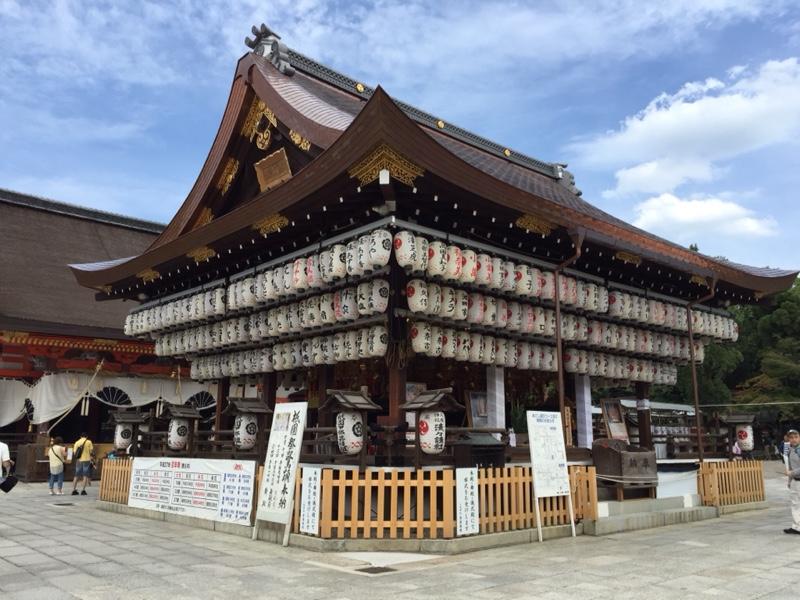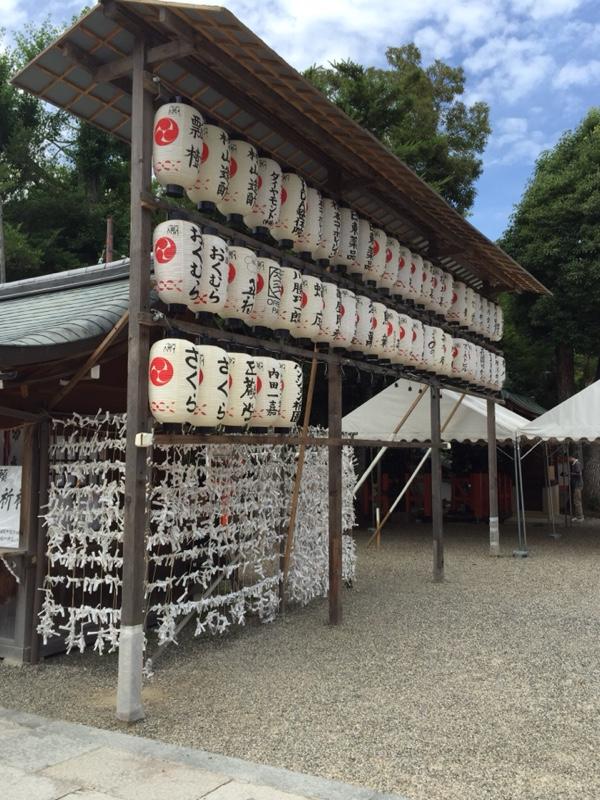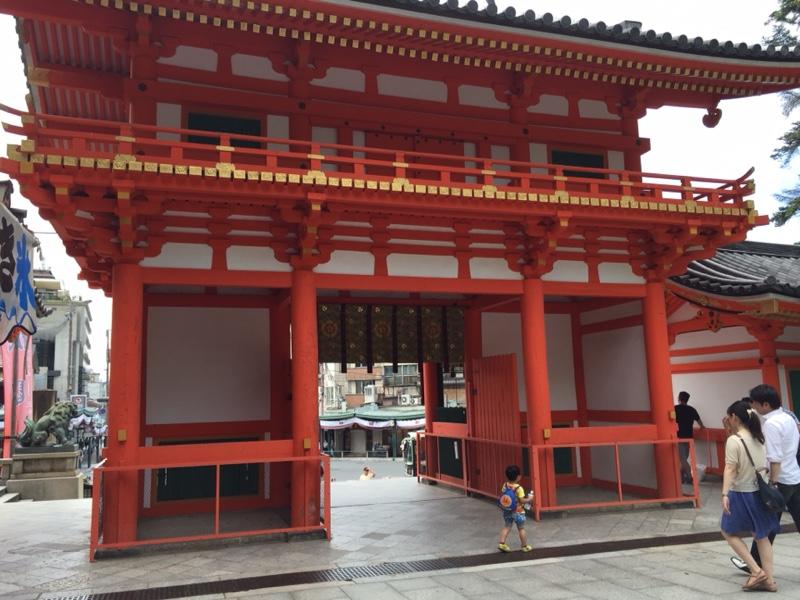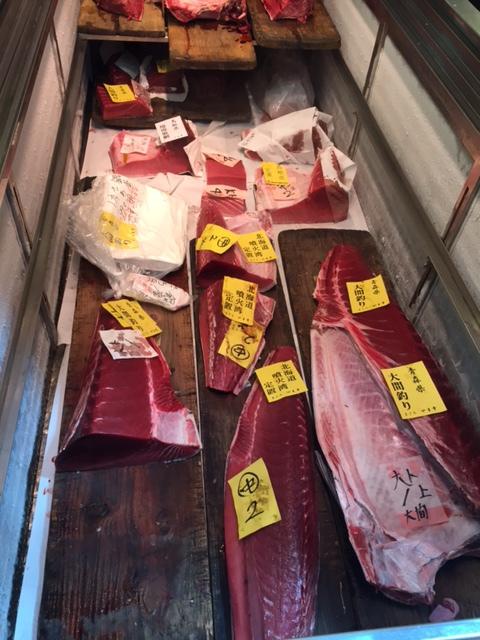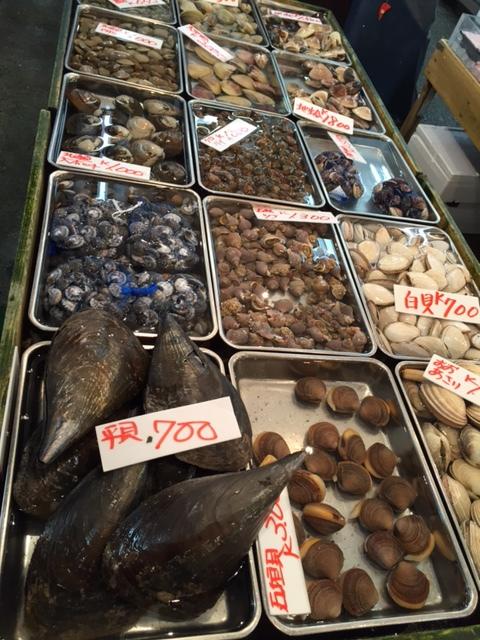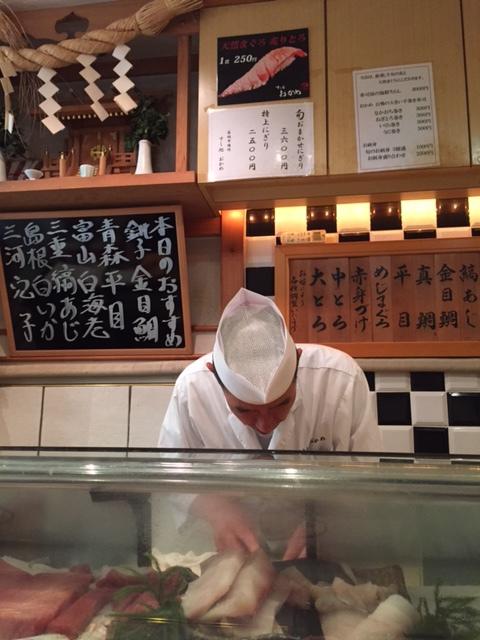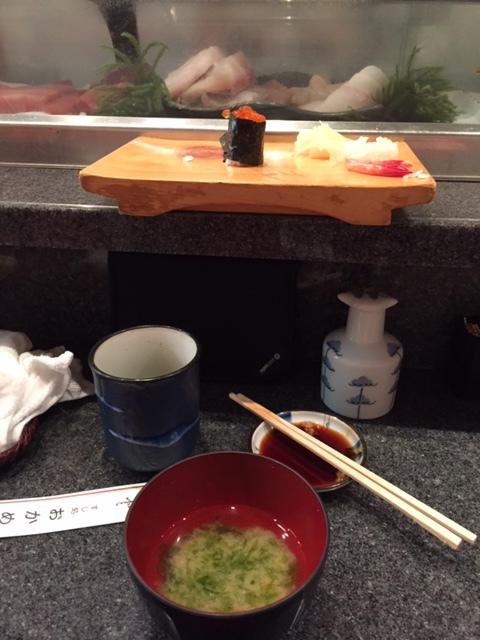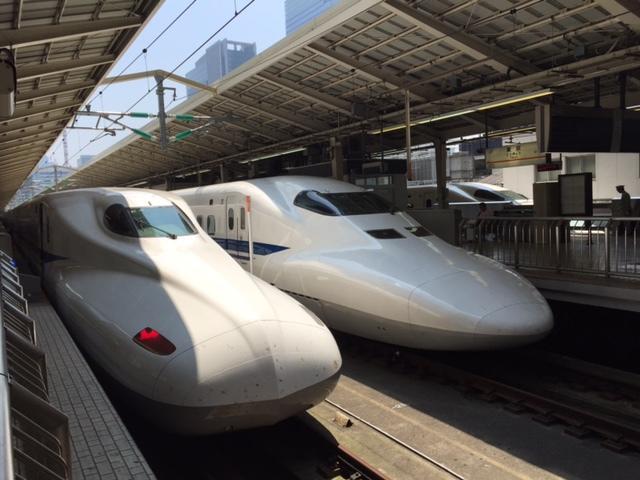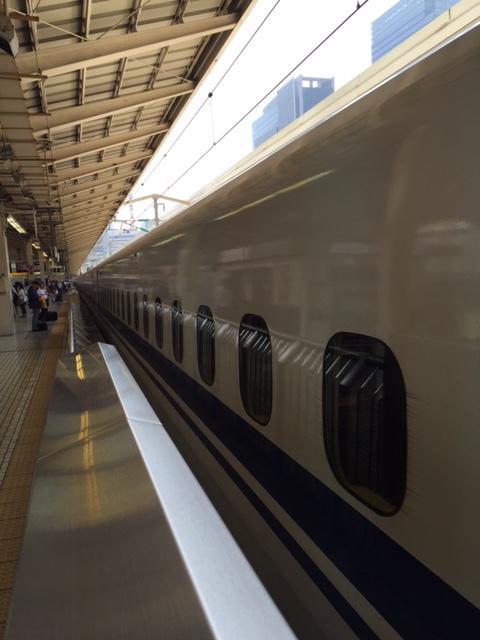Up bright and early again to beat the heat – with added benefit of beating most of the tourists too – and headed off to the Fushimi Inari Taisha Temple with its famous vermillion gates. Now I have seen these gates in movies, and people run through the gates and throw their coins into the offering box, and make their prayers and wishes and it all takes mere minutes. But this place is a complex of thousands of bright orange/red gates that go for over 4kms.
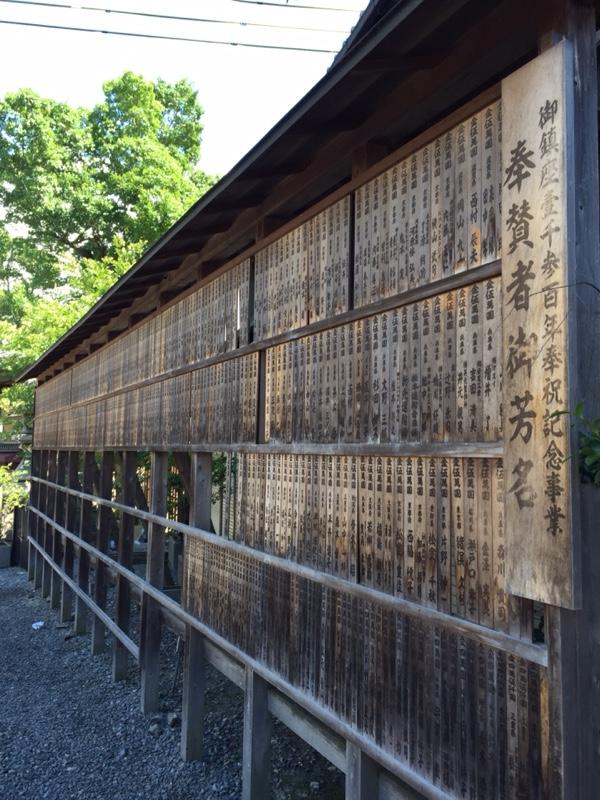

The stunning shrine complex was originally built in dedication to the gods of the rice harvest and sake by the Hata family, sometime in the 8th century. These days the shrine is one of Japan’s most popular with many who observe at the 30,000 other Inari shrines located throughout Japan make pilgrimage here to pay homage. The winding rows of gates twist and sprawl across the woodlands of the Inari-yama area and there really are thousands of these torii gates.


Below is the main two storied gate entering into the shrine complex, where observers will enter, then purify their hands – using water ladled from a well, left hand first, right hand second, take water into the left hand and drink, then let water run down the handle of the ladle, then returning the ladle face down. Next, people approach the shrine, give an offering of a coin, bow twice, ring the bell (to summon the attention of your ancestors), clasp hands and bow their heads to make a wish, then bow again. This is my kind of speed religious observance. 🙂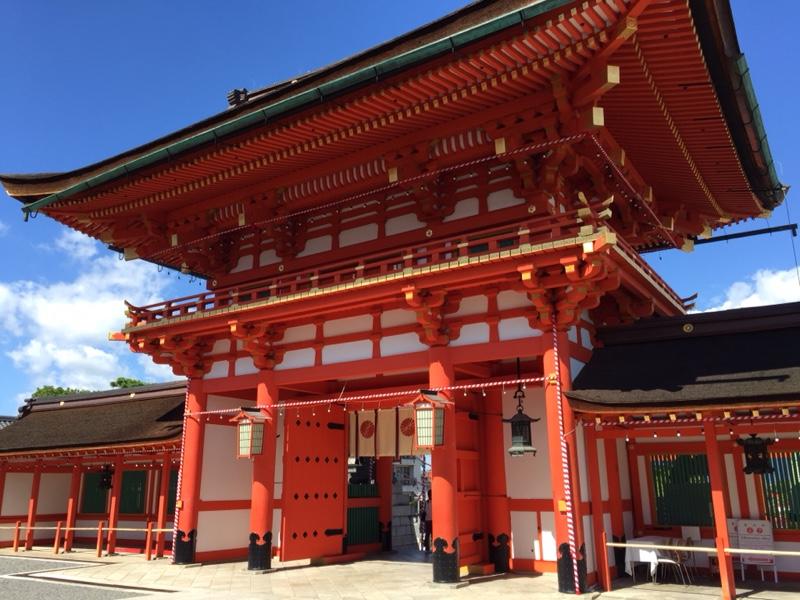 The next few photos are of the Main Shrine at the base of the complex, including the amazing detail in the ceiling of the shrine.
The next few photos are of the Main Shrine at the base of the complex, including the amazing detail in the ceiling of the shrine.

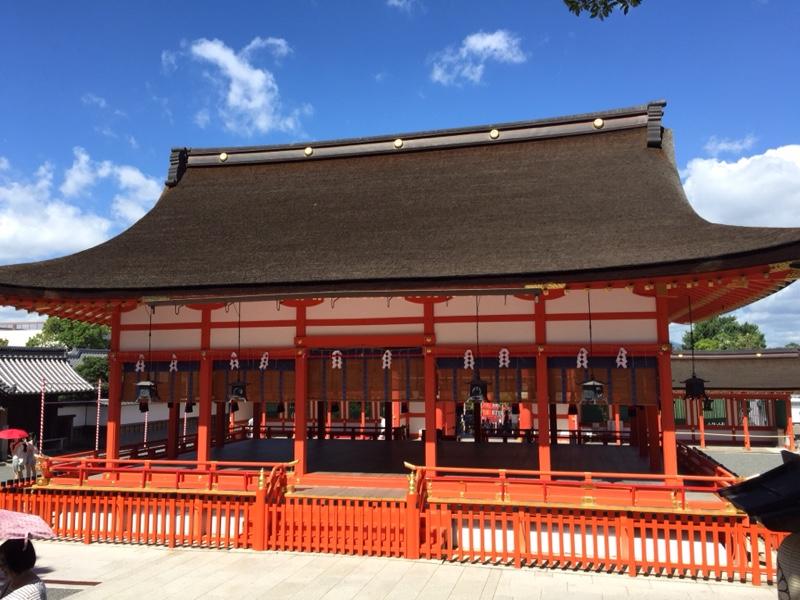
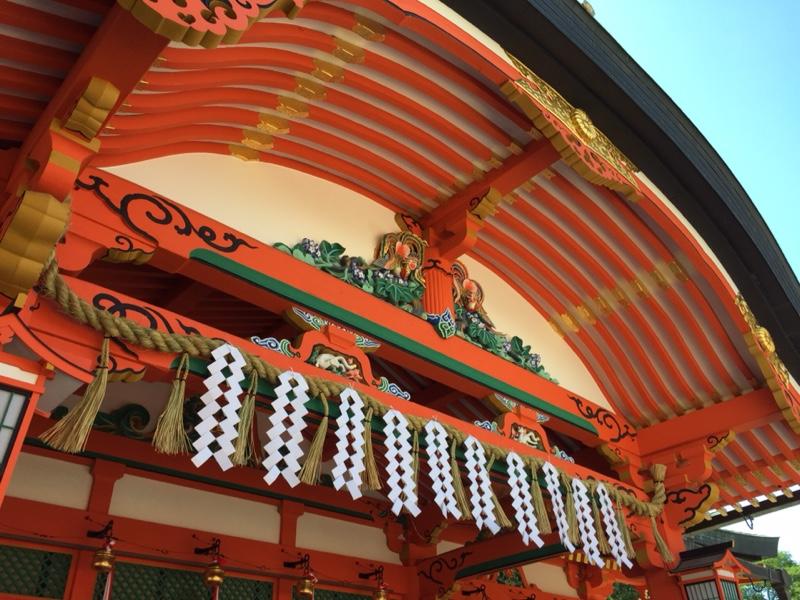
This building is called the Gonden, but I have no idea why or what it houses. 😀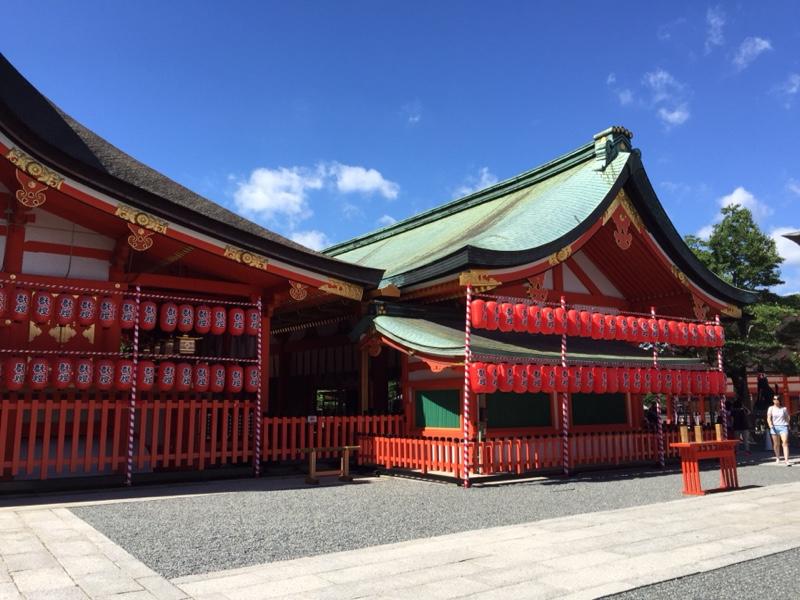 There are many places through this shrine complex, and several others I have already seen, that allow for people to tie their fortunes or wishes to the shrine. This complex had about four places that I found that you could purchase a fortune, or a fox head, or a miniature tori gate, or a wooden tablet, from the Juyosho (place where good luck charms and amulets for festivals and prayers are sold) and write your name and your wishes on them to leave behind.
There are many places through this shrine complex, and several others I have already seen, that allow for people to tie their fortunes or wishes to the shrine. This complex had about four places that I found that you could purchase a fortune, or a fox head, or a miniature tori gate, or a wooden tablet, from the Juyosho (place where good luck charms and amulets for festivals and prayers are sold) and write your name and your wishes on them to leave behind.
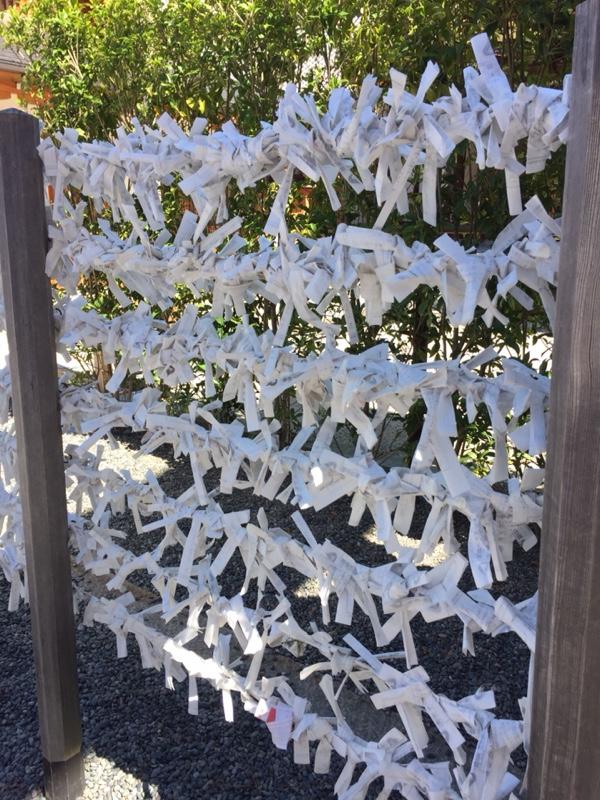

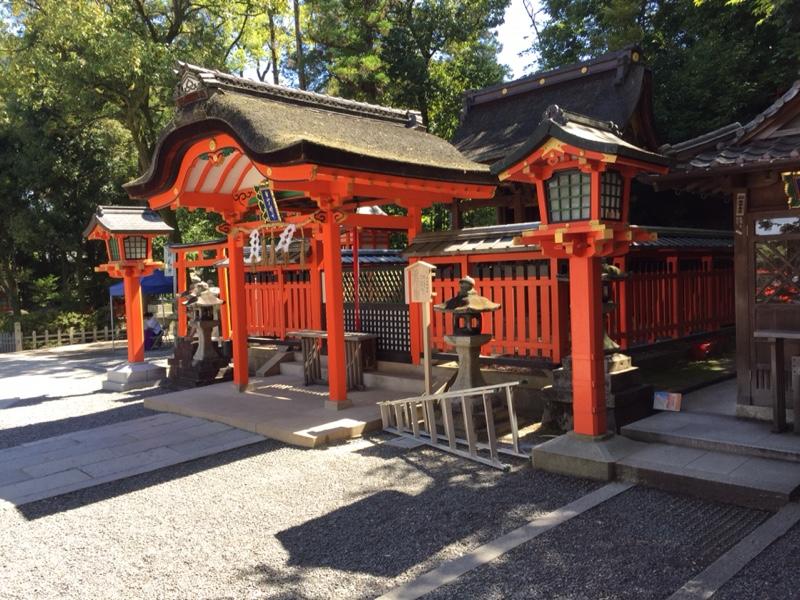 And finally the famous orangey red gates that go on for kilometers. Such an amazing sight and so distinctive in the landscape. At the moment the bottom sections of the shrine have lanterns hung up for the upcoming Gion Festival this week, which has added to the beauty of these images.
And finally the famous orangey red gates that go on for kilometers. Such an amazing sight and so distinctive in the landscape. At the moment the bottom sections of the shrine have lanterns hung up for the upcoming Gion Festival this week, which has added to the beauty of these images.

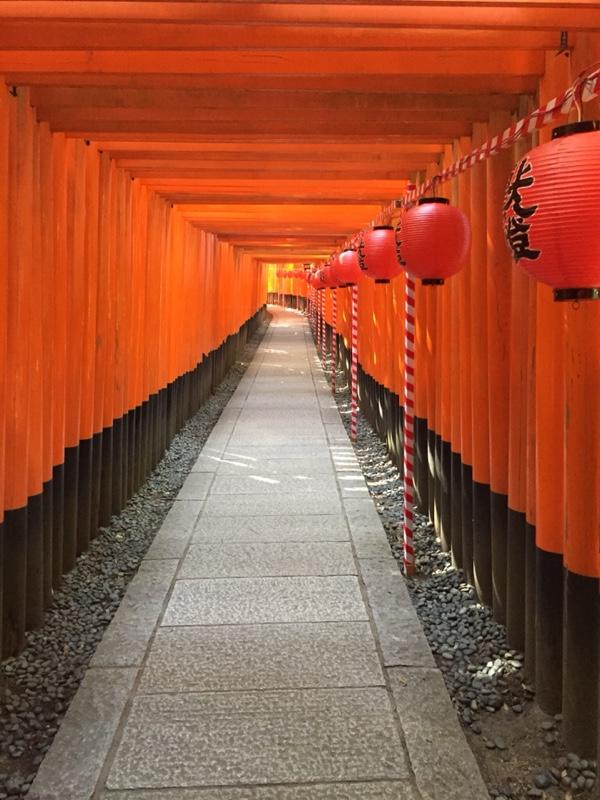
More lanterns at the Omakaru Stone shrine, which is about 1/3 of the way into the shrine complex… there are two lots of torii gates making their way to this point, it is the area where most people visit and pay their respects, so there is an up and a down tunnel of torii gates here.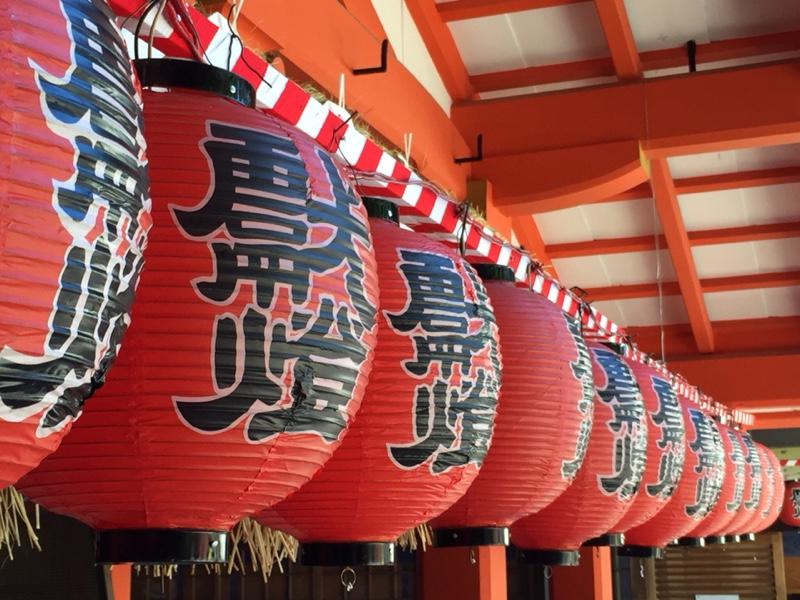 The Kamimassha gate which leads on from the Omakaru Stone shrine further up the mountain.
The Kamimassha gate which leads on from the Omakaru Stone shrine further up the mountain.
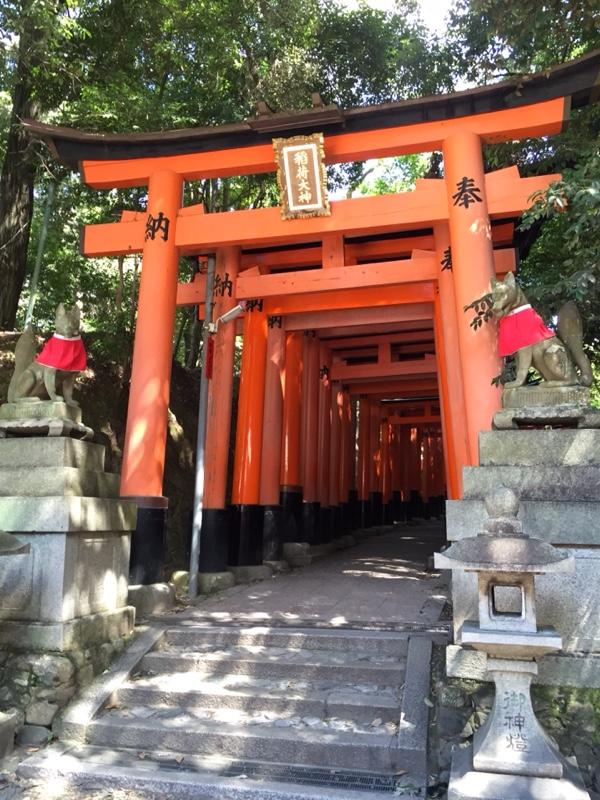
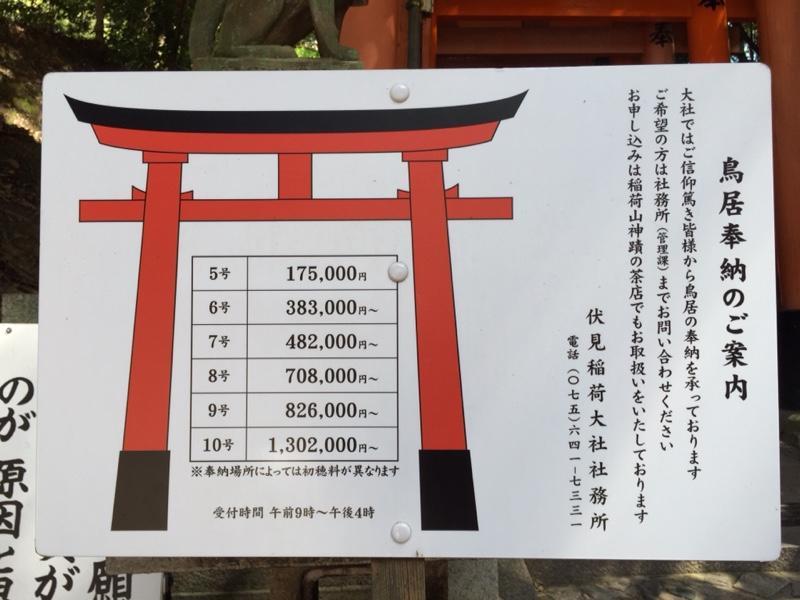
We decided to make offerings at the Omakaru Stone shrine by purchasing a fox head to write on and hang on the shrine, wishing for good health and safe travels for the whole family.
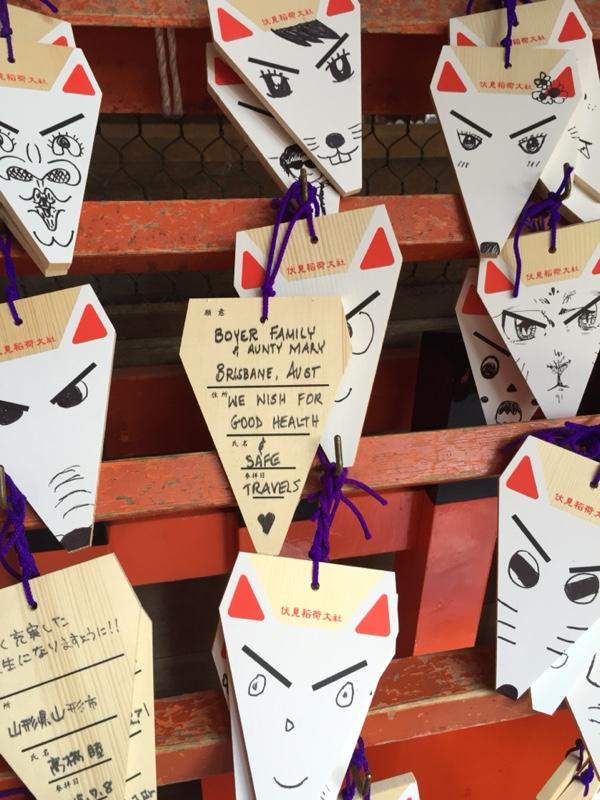
MAP
The torii gates from the outside of the tunnels…
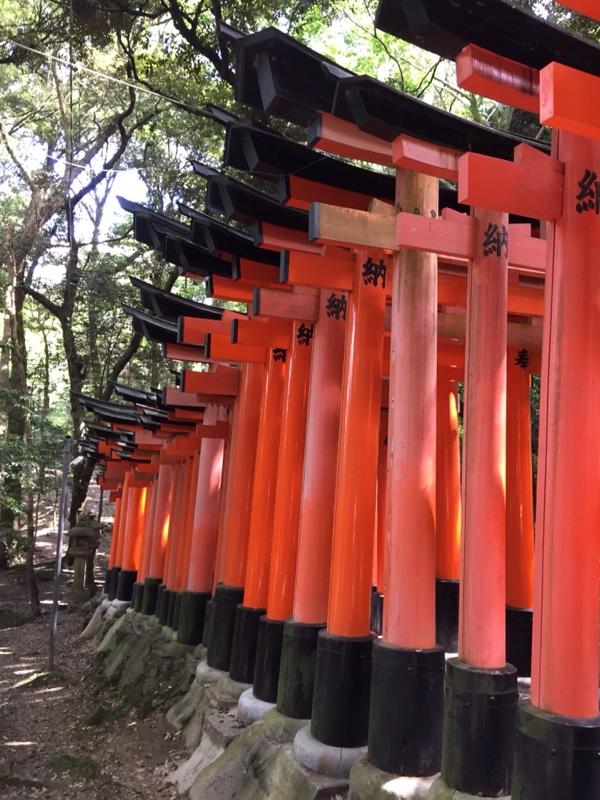
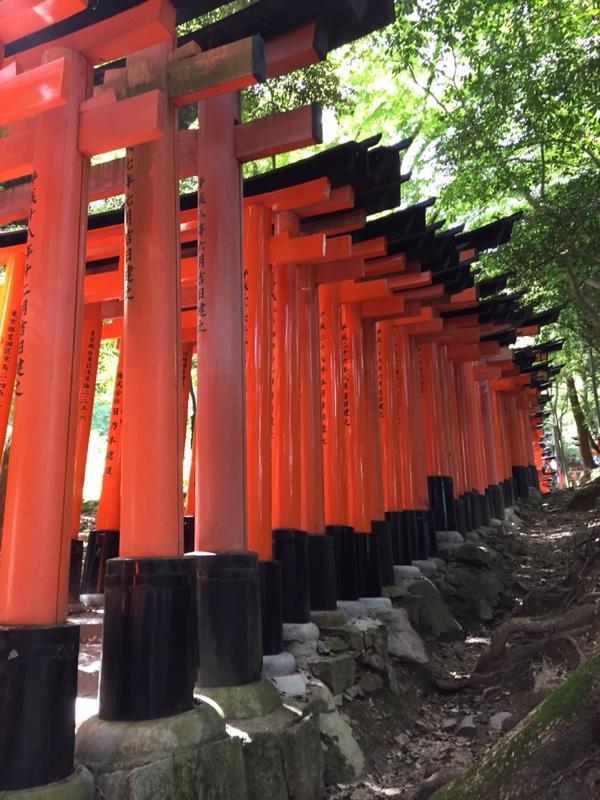
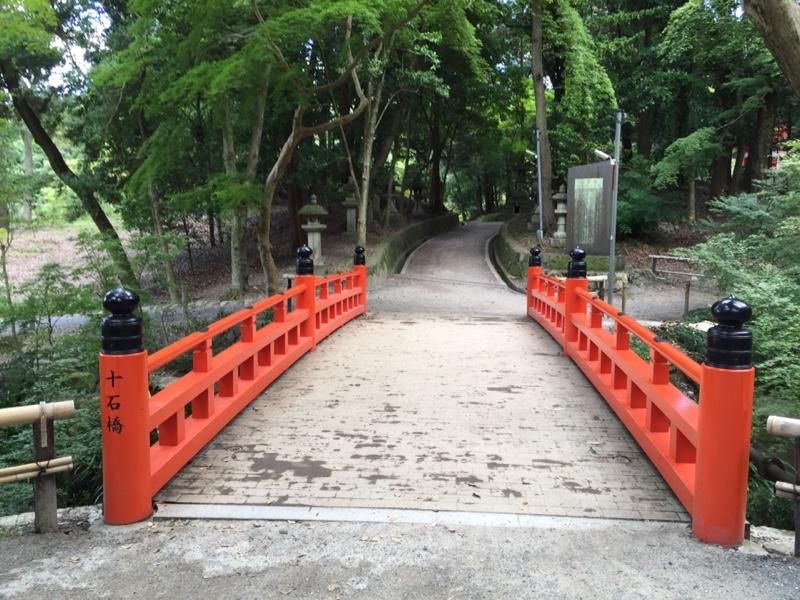 There are many many red foxes on this mountain and they are most commonly observed at dawn and dusk, and have been long the sacred symbol of the area. The fox is considered the messenger of Inari, the god of the rice harvest, and the complex is full of dozens of stone foxes. This one in the garden carries a key to the granary in it’s mouth…
There are many many red foxes on this mountain and they are most commonly observed at dawn and dusk, and have been long the sacred symbol of the area. The fox is considered the messenger of Inari, the god of the rice harvest, and the complex is full of dozens of stone foxes. This one in the garden carries a key to the granary in it’s mouth…
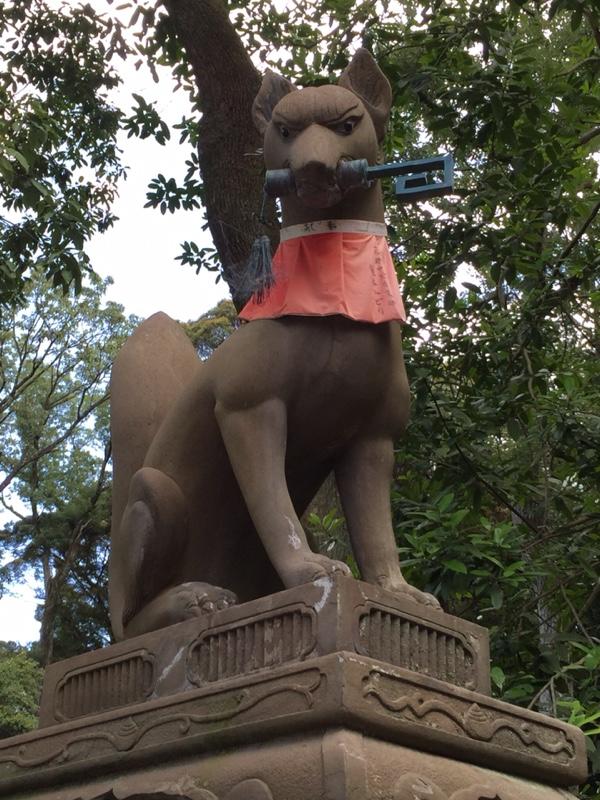
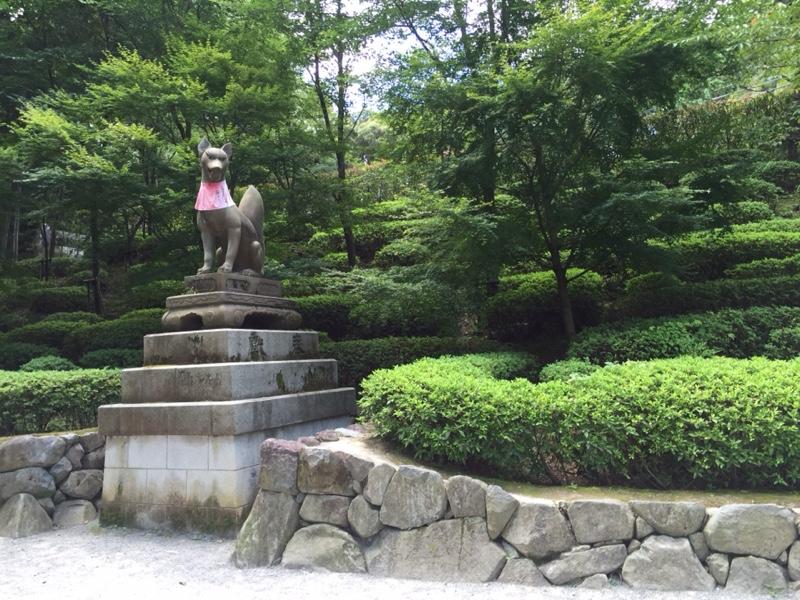
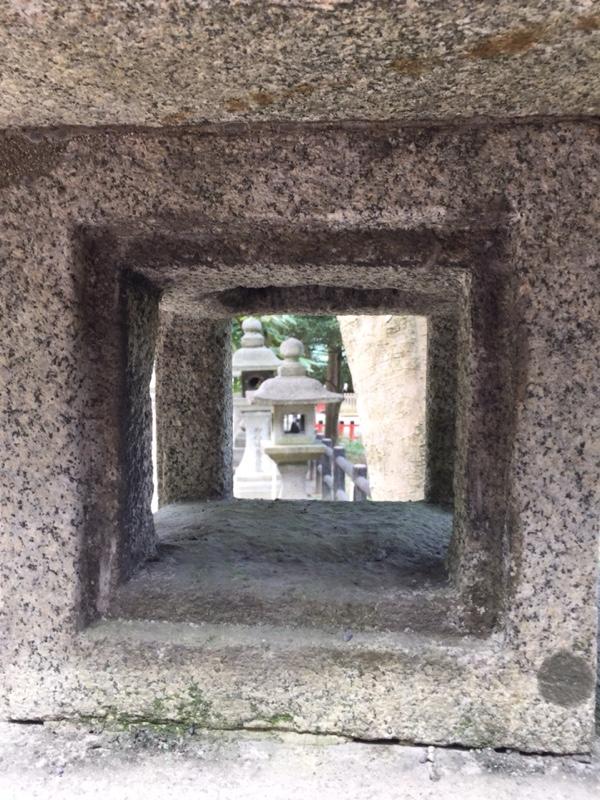
These little buildings are actually the administrative buildings for the complex, I love that everything follows the design form and blends into the area, and that they haven’t put a big ugly ’60s concrete toilet block of an admin building in the middle of the place. Tori gates to buy, to either put your name on and hang on the frames below or to take home from your journey as a pilgrims token.
Tori gates to buy, to either put your name on and hang on the frames below or to take home from your journey as a pilgrims token.


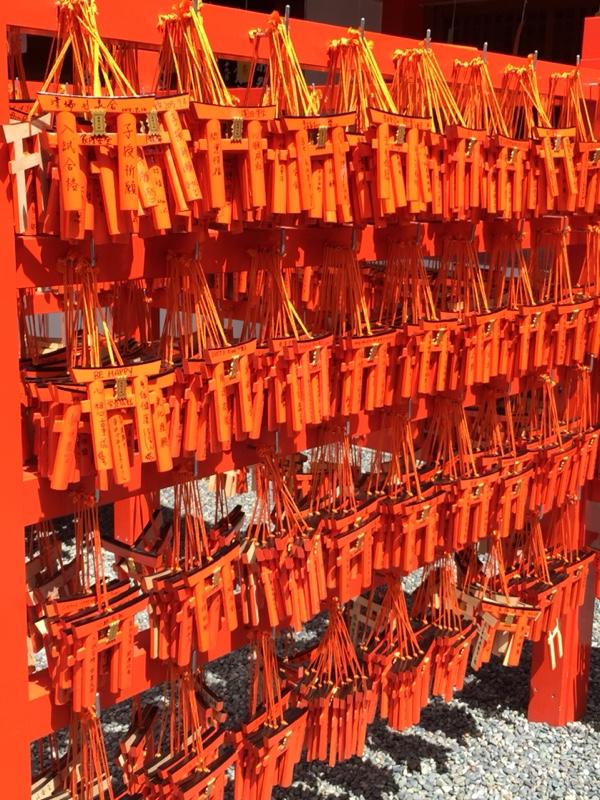 There are lanterns all over Kyoto, we are told they are for the Gion Festival, and we plan on doing a lot of hunting around at night to see them all lit up over the next few nights.
There are lanterns all over Kyoto, we are told they are for the Gion Festival, and we plan on doing a lot of hunting around at night to see them all lit up over the next few nights.
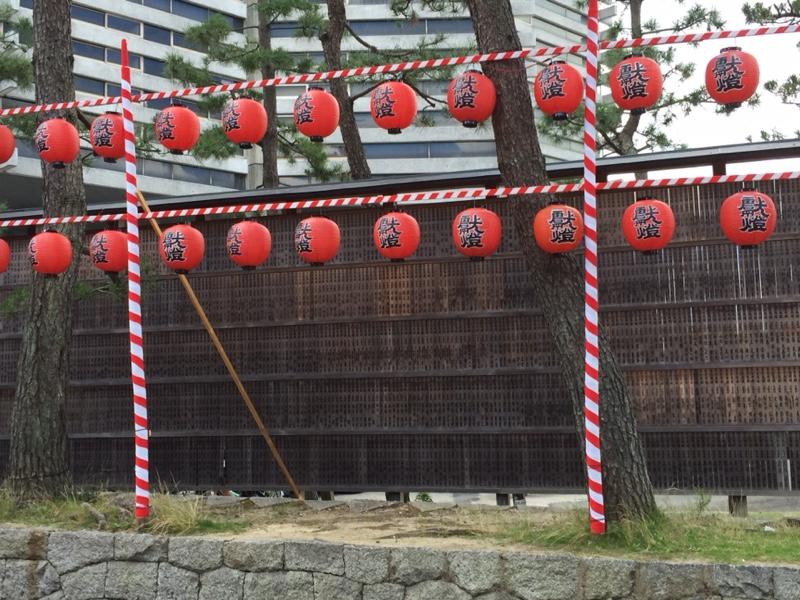 After wandering around the Fushimi Inari Taisha Shrine for a few hours, we decided to get out of the heat and go visit the Kyoto National Museum. Yes, air condition is of great appeal at the moment, even walking a couple of hundred metres on the flat to get to the bus stop has us all working up a sweat and ready to keep over.
After wandering around the Fushimi Inari Taisha Shrine for a few hours, we decided to get out of the heat and go visit the Kyoto National Museum. Yes, air condition is of great appeal at the moment, even walking a couple of hundred metres on the flat to get to the bus stop has us all working up a sweat and ready to keep over.
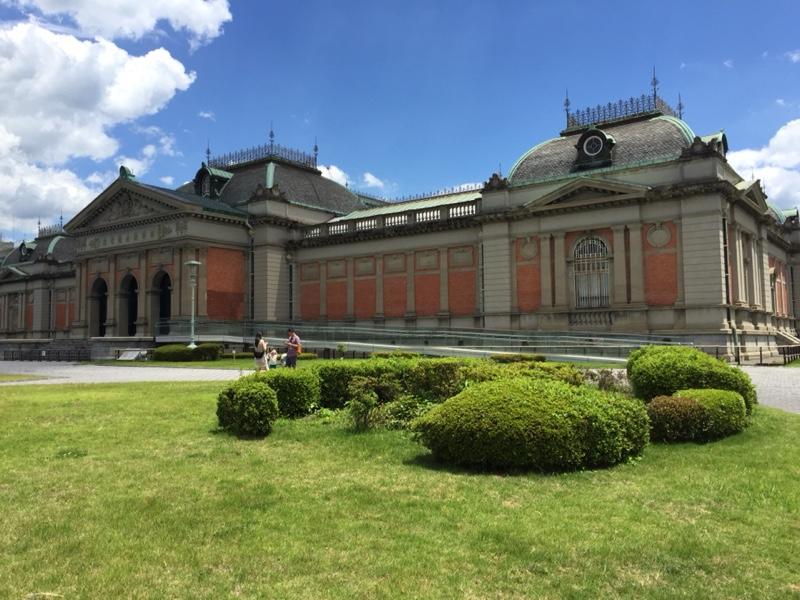
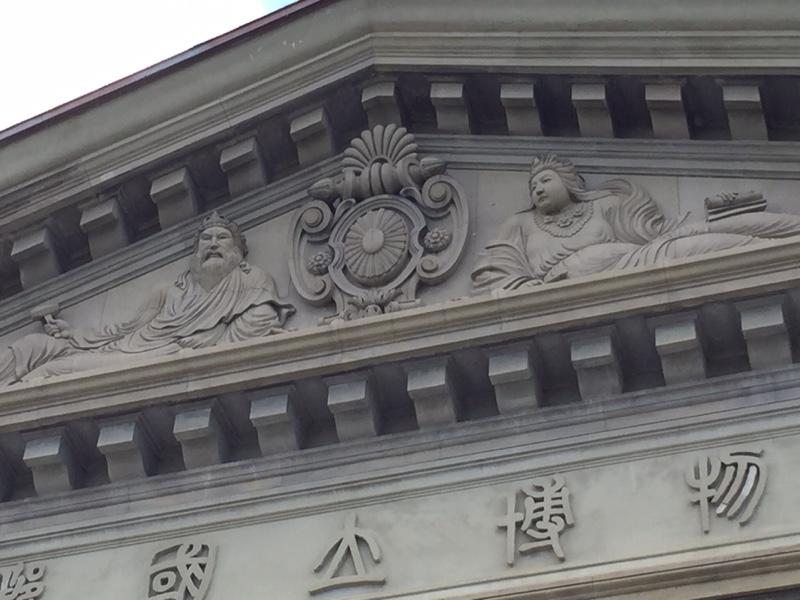
The National Musuem has a pretty impressive collection of traditional Japanese Buddhist and Shinto wood and bronze sculptures from the 10-12th Centuries, Buddhist ritual masks from the as early as the 8th – 12th Centuries, Japanese lacquer objects, Buddhist metal works including armour, Japanese textiles including kimono from the 1700s onwards, calligraphy that focuses on connoisseurship and that is just the first level galleries. There are also galleries dedicated to archaeological relics dating back to 2000BCE, ceramics from the Han through to Qing dynasties, Illustrated painted handscrolls, medieval ink paintings, Edo period paintings and some Chinese paintings… and of course you are not allowed to photograph any of it! Which sucks, but I have a few pics from a guide book that I have added in here.
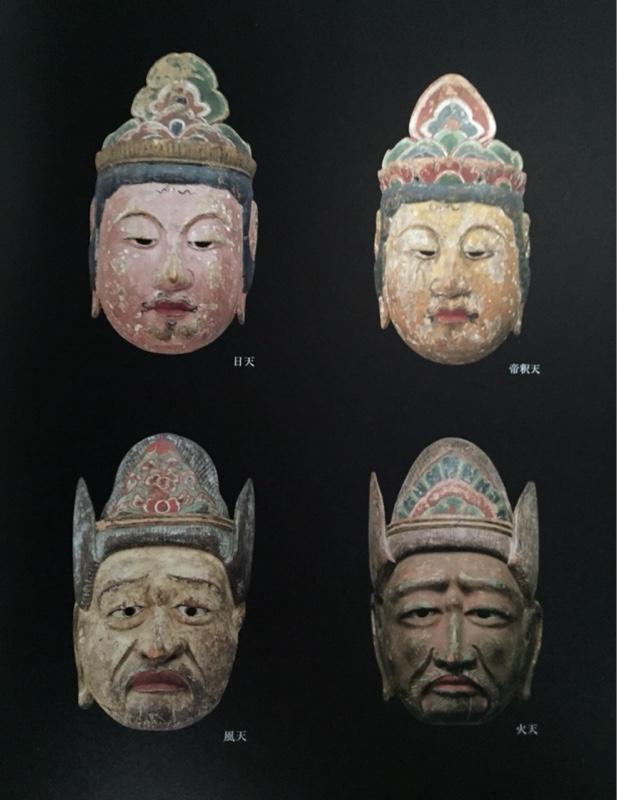
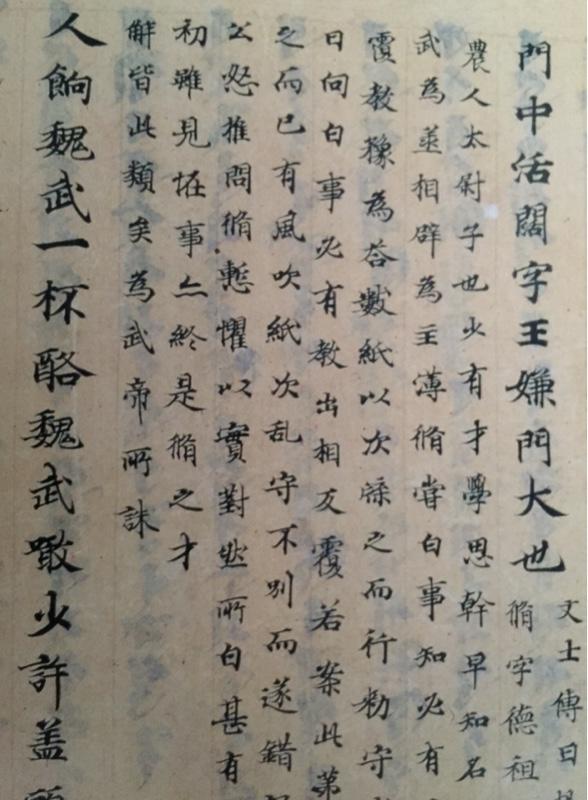
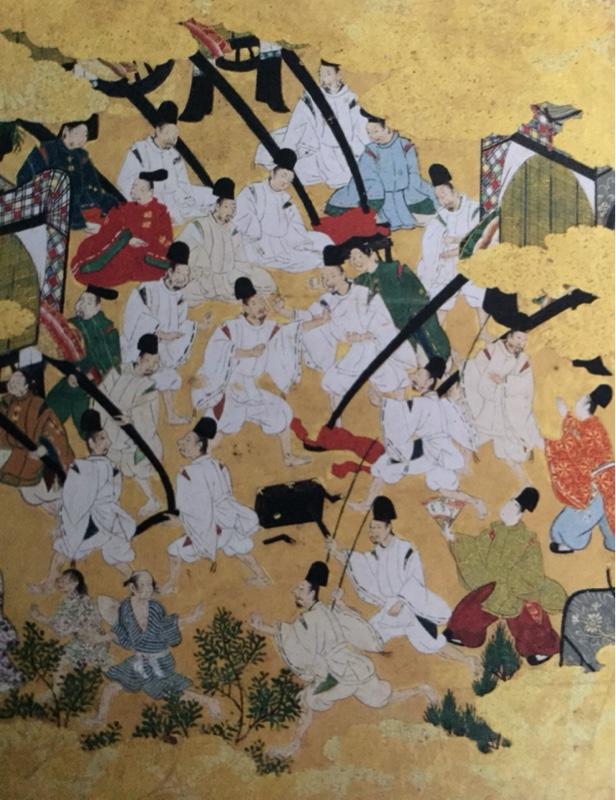
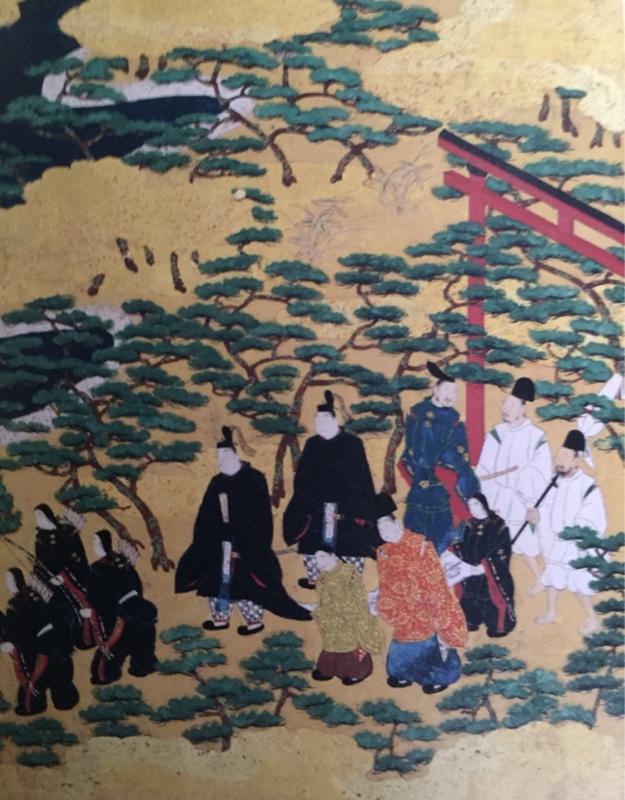
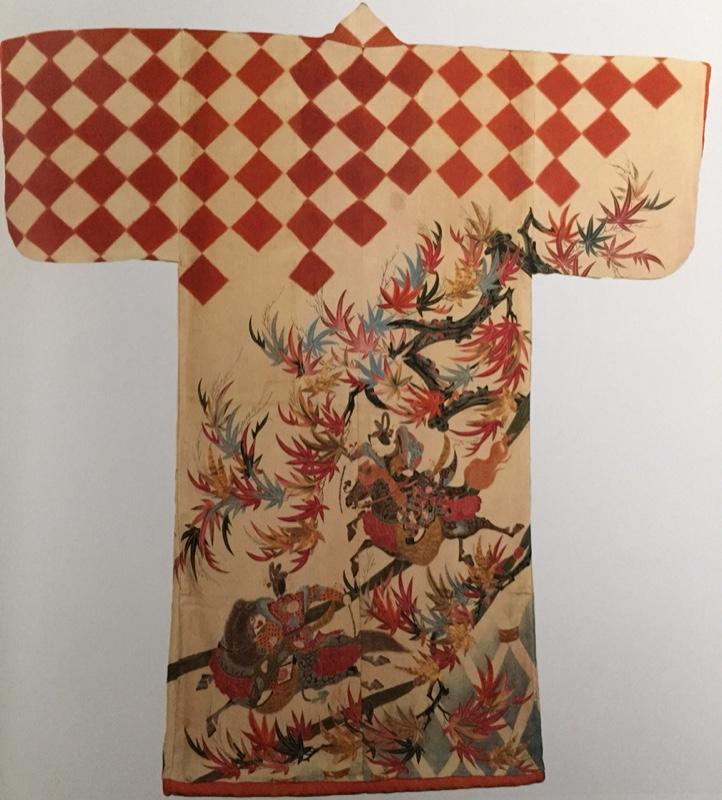
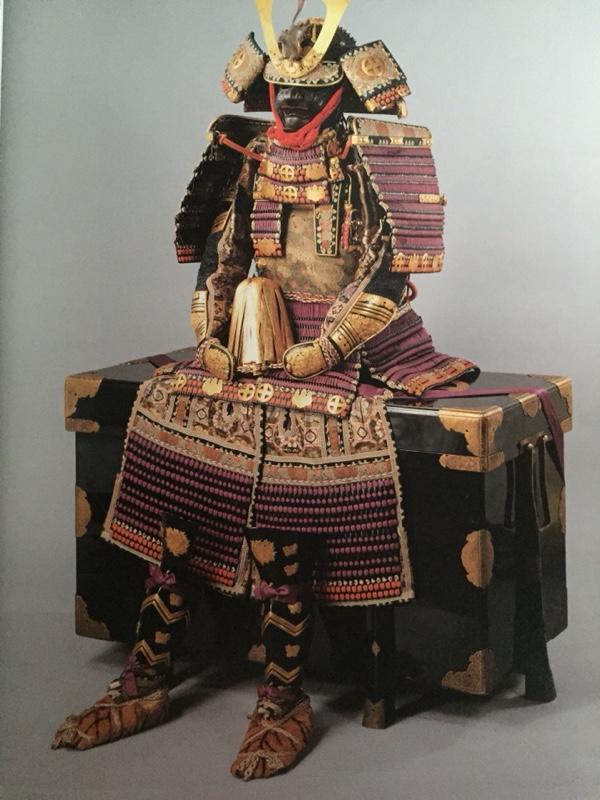 Outside was a replica of Rodin’s ‘The Thinker’… I have no logical explanation to offer as to what the hell it is doing here?!? It stands out like dogs ball and makes no sense! If anyone figures that shit out – do let me know!
Outside was a replica of Rodin’s ‘The Thinker’… I have no logical explanation to offer as to what the hell it is doing here?!? It stands out like dogs ball and makes no sense! If anyone figures that shit out – do let me know!
